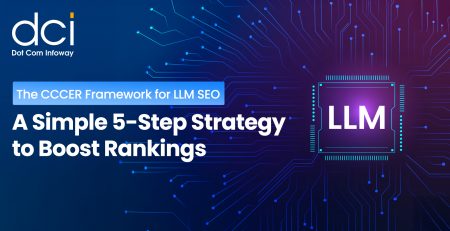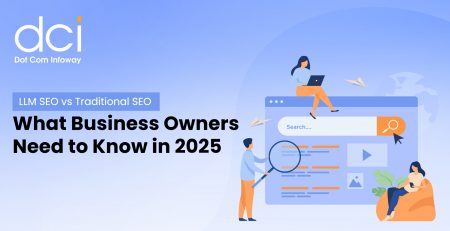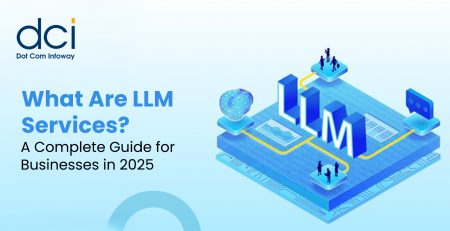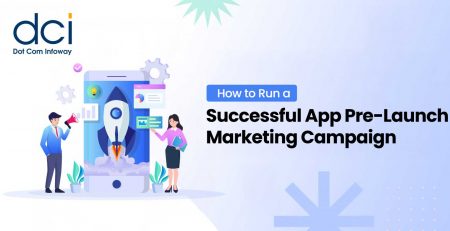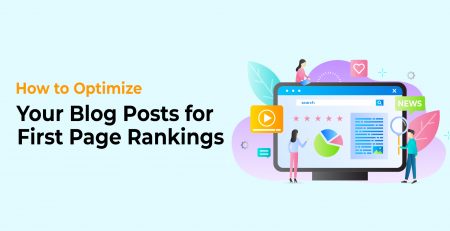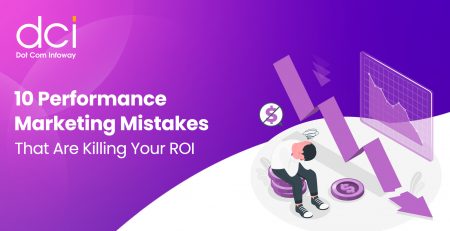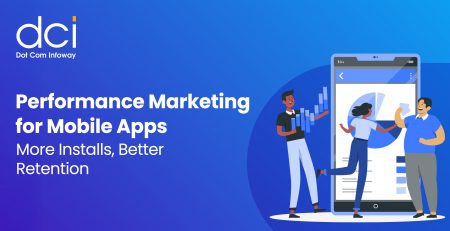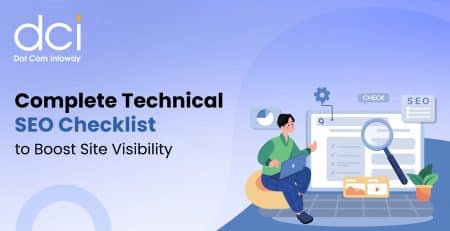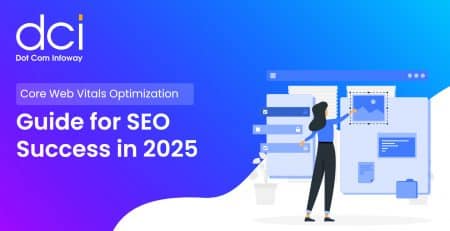How to Attract the Right Customers with Performance Ads in 2025
In today’s digital-first world, businesses are shifting from broad marketing approaches to hyper-targeted strategies designed to attract the right customers. Performance advertising in 2025 is more than just running ads; it’s about leveraging AI, data analytics, and customer insights to deliver relevant, high-converting campaigns. The days of pouring money into generic ad campaigns and hoping for results are over. Now, success lies in precision—understanding who your ideal customers are, where they spend their time, and what messaging resonates with them. This blog will explore how brands can harness the power of performance advertising to connect with the right audience, maximize ROI, and drive sustainable business growth.
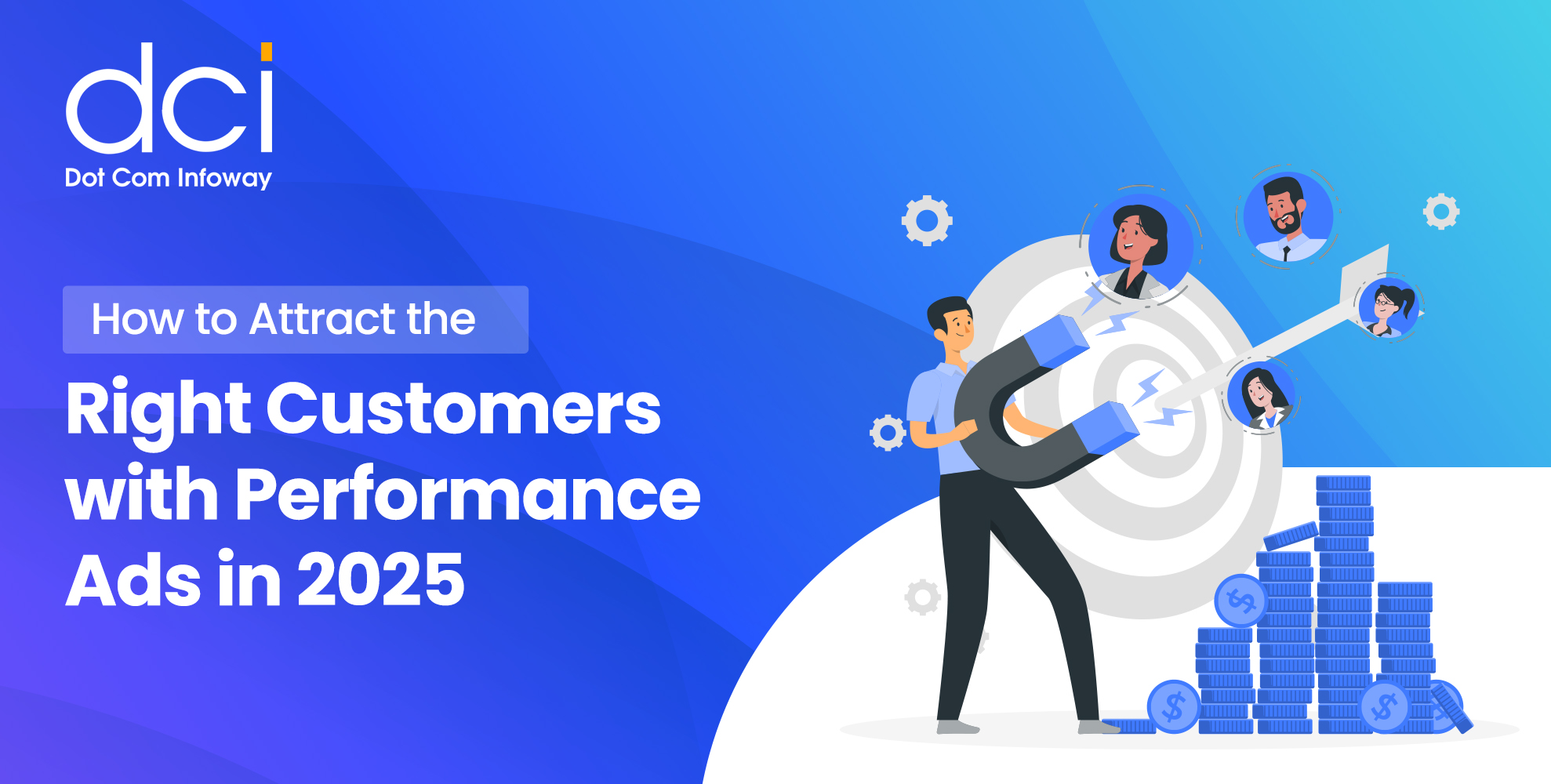
Understanding Performance Advertising in 2025
Performance advertising has evolved significantly, focusing more on measurable outcomes such as conversions, lead generation, and customer retention rather than mere impressions. With AI-driven ad networks, machine learning algorithms, and real-time analytics, businesses can now predict consumer behavior with remarkable accuracy. Platforms like Google Ads, Meta Ads, and TikTok for Business offer advanced targeting capabilities, ensuring that ads reach users based on intent, interests, and online behaviors. This shift demands that marketers not only craft compelling ad creatives but also refine their strategies to align with algorithmic advancements and user expectations.
The Role of AI and Automation in Performance Ads
Artificial intelligence has transformed performance advertising, allowing businesses to automate bidding strategies, optimize ad creatives, and personalize audience targeting in real time. AI-powered tools analyze massive datasets to predict which ad variations will perform best, ensuring that marketing budgets are spent efficiently. Automated bidding strategies in Google and Meta Ads adjust in real time based on user engagement and conversion likelihood, reducing wasted ad spend. Chatbots and AI-driven customer journey mapping further enhance user experiences, providing personalized recommendations and improving ad relevance. By leveraging AI, businesses can scale their advertising efforts while maintaining high precision in targeting the right audience.
Targeting the Right Customers: Audience Segmentation & Personalization
Attracting the right customers begins with deep audience segmentation. Traditional demographic-based targeting is no longer sufficient; instead, brands must focus on behavioral data, psychographics, and purchasing intent. First-party data from website interactions, CRM systems, and email marketing campaigns provide valuable insights into customer preferences. Dynamic ad personalization, where creatives adapt based on user behavior, increases engagement and conversions. By crafting personalized ad experiences—whether through tailored messaging, dynamic product recommendations, or localized content—businesses can enhance relevance and drive higher-quality leads.
Leveraging Data-Driven Strategies for Better Ad Performance
In 2025, data is the backbone of successful performance advertising. Businesses that utilize predictive analytics and machine learning models gain a competitive edge by anticipating consumer needs and trends. Attribution modeling plays a crucial role in understanding which touchpoints drive conversions, enabling marketers to allocate budgets effectively. Advanced tools like Google Analytics 4 (GA4) and customer data platforms (CDPs) provide a 360-degree view of customer interactions across multiple channels. Marketers who embrace a data-first approach can continuously refine their campaigns, ensuring optimal performance and increased ROI.

Ready to boost your website’s rankings and online visibility?
Discover how our expert SEO services can resolve ranking issues, drive traffic, and elevate your website’s performance to the next level!
Choosing the Right Ad Platforms for Maximum Reach
Selecting the right advertising platform is crucial to reaching the ideal audience. Google Ads remains dominant for search intent-based targeting, while Meta Ads (Facebook & Instagram) offer extensive audience insights and engagement-driven campaigns. TikTok Ads are gaining traction among Gen Z and Millennials, emphasizing short-form, high-impact video content. LinkedIn Ads, on the other hand, provide B2B businesses with precise industry and job title targeting. With emerging ad networks like Amazon Ads and programmatic platforms, brands must analyze where their audience spends time and allocate budgets accordingly. Testing different platforms and running A/B experiments can help optimize ad placement and ensure maximum reach to the right customers.
Creating High-Impact Ad Creatives That Convert
A successful performance ad is more than just a compelling headline and an eye-catching image; it’s a blend of psychology, storytelling, and conversion-driven design. Video content continues to dominate in 2025, with short-form, interactive videos seeing the highest engagement rates. User-generated content (UGC) and influencer collaborations add authenticity and social proof, making ads more relatable. Clear and concise copywriting, strong CTAs (call-to-actions), and visually appealing designs contribute to better click-through rates (CTR) and conversion rates. Experimenting with various ad formats—carousel ads, stories, reels, and interactive polls—keeps audiences engaged and encourages action.
Optimizing Performance Ads for Higher ROI
Running a performance ad campaign without continuous optimization is like driving without a map. Marketers must constantly analyze metrics such as cost per acquisition (CPA), return on ad spend (ROAS), and conversion rates to make data-backed adjustments. A/B testing different headlines, images, and ad placements helps identify what resonates best with the target audience. Retargeting campaigns play a vital role in bringing back users who showed interest but didn’t convert. By implementing multi-touch attribution models, businesses can understand the customer journey and optimize touchpoints for better results.
Optimizing Performance Ads for Higher ROI
With stricter data privacy regulations and the decline of third-party cookies, businesses must adapt by collecting and leveraging first-party data. Consent-based marketing strategies, such as email opt-ins, loyalty programs, and interactive quizzes, help build customer trust while providing valuable insights. Zero-party data, where customers voluntarily share preferences, becomes a goldmine for personalized advertising. Privacy-focused ad solutions, like Google’s Privacy Sandbox and Meta’s Conversions API, enable advertisers to maintain effectiveness while adhering to compliance laws.
Conclusion
Performance advertising in 2025 is no longer about casting a wide net and hoping for the best; it’s about precision, efficiency, and meaningful engagement. By leveraging AI-powered automation, deep audience segmentation, and data-driven insights, businesses can attract the right customers and drive profitable results. As competition intensifies and consumer expectations rise, brands that prioritize personalization, creativity, and continuous optimization will stay ahead. The future of advertising belongs to those who understand their audience deeply and deliver the right message at the right time, in the right format.

